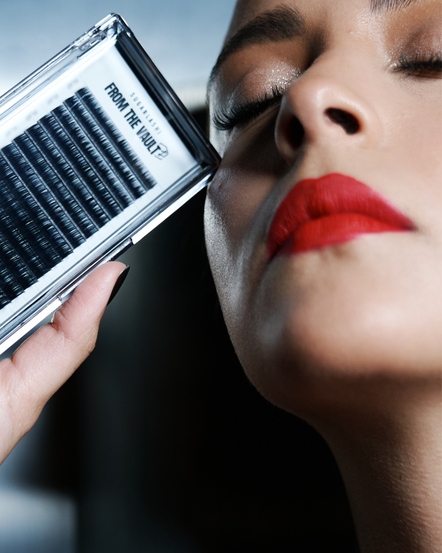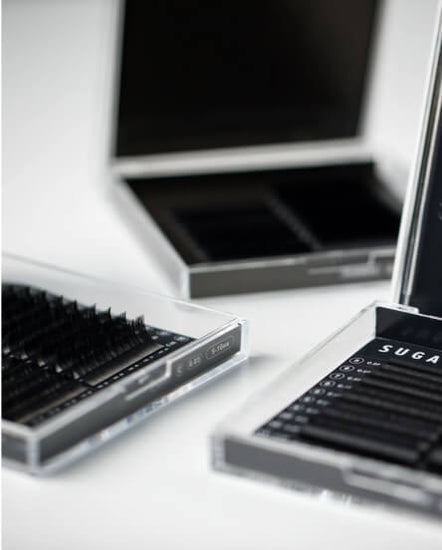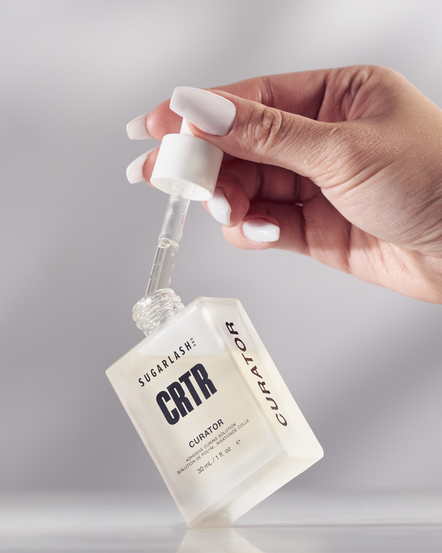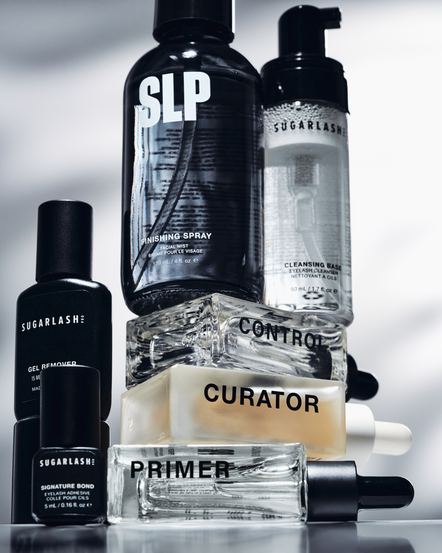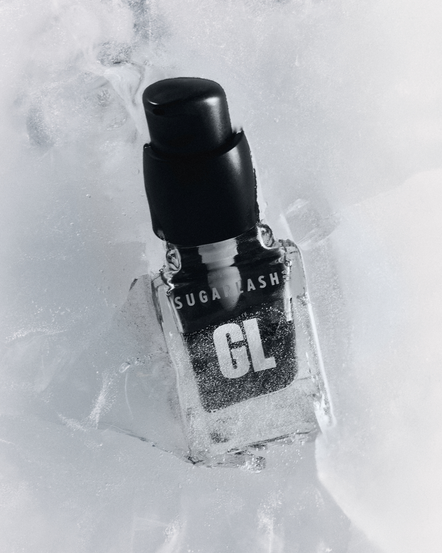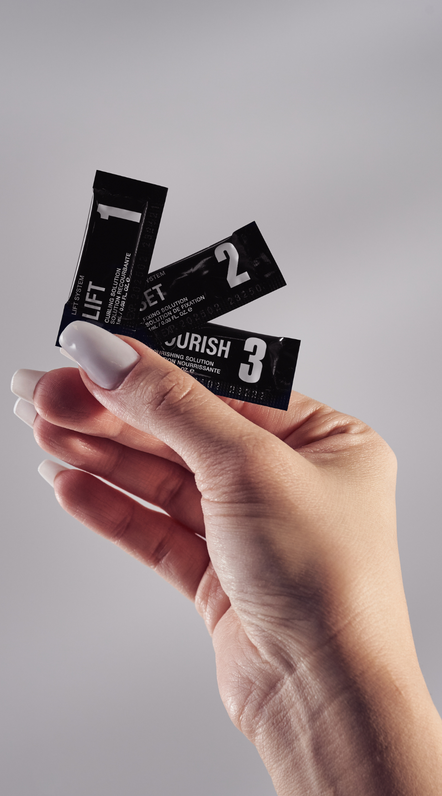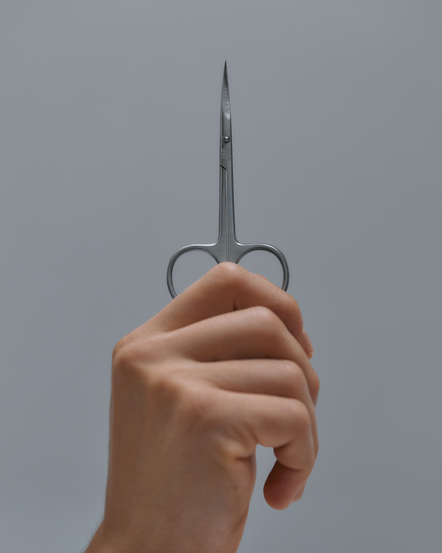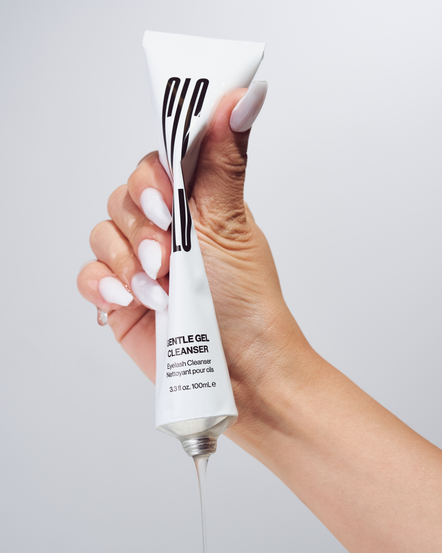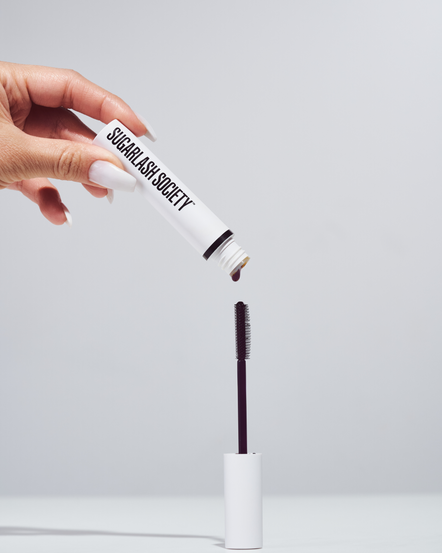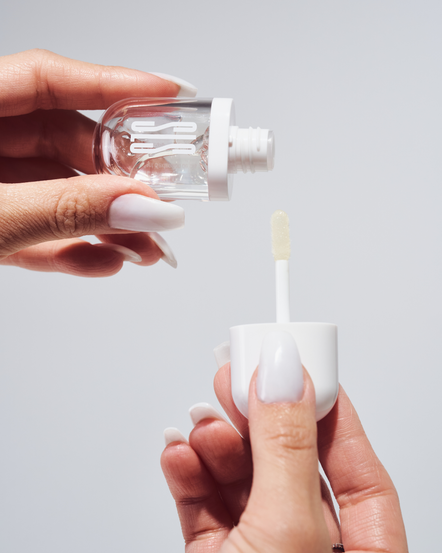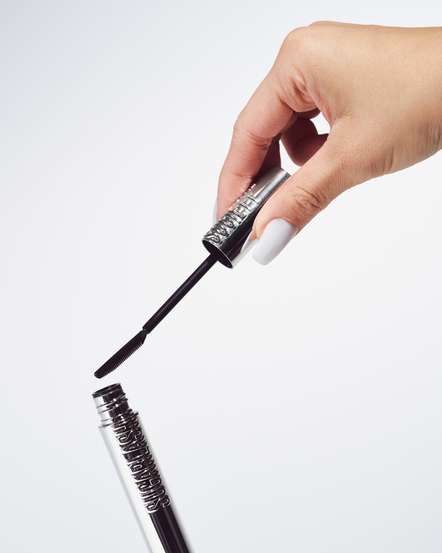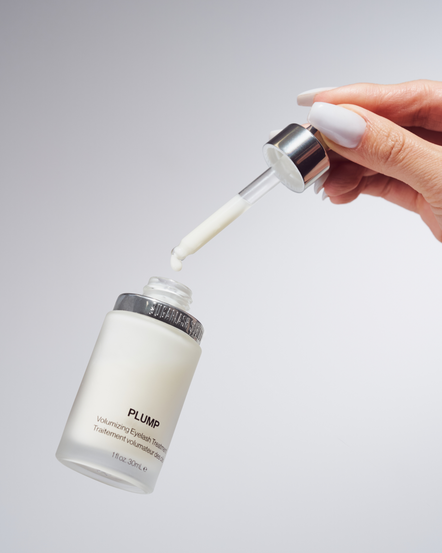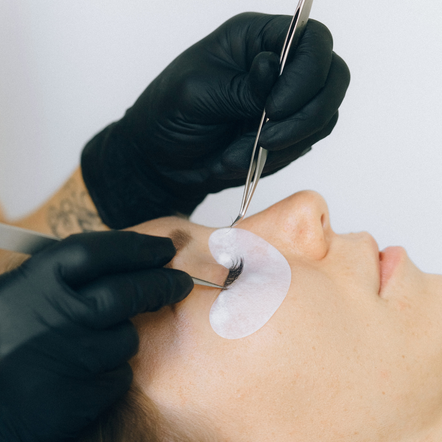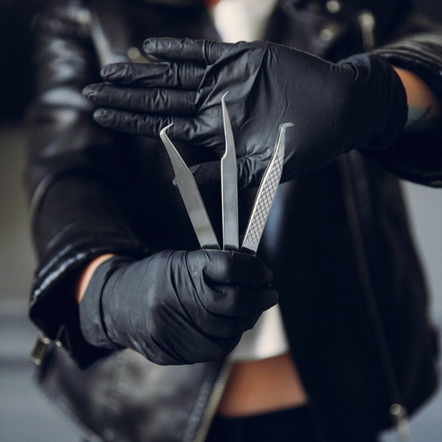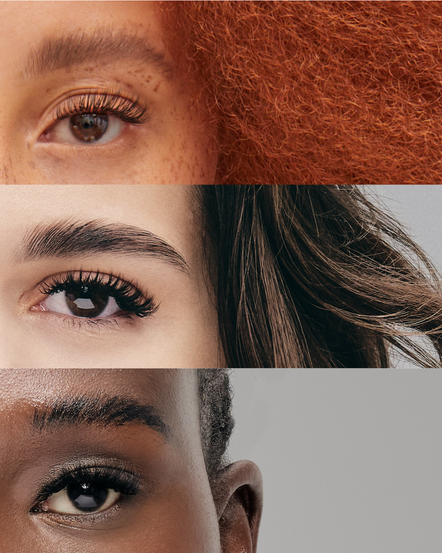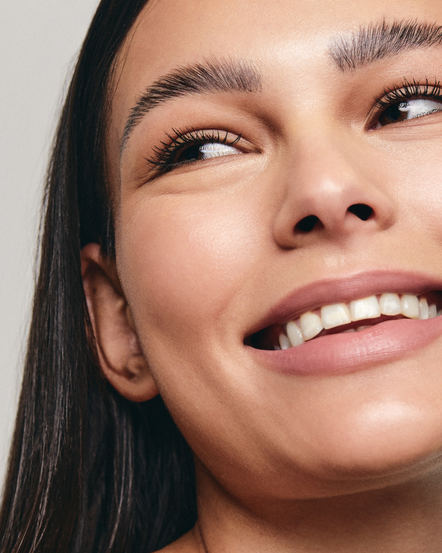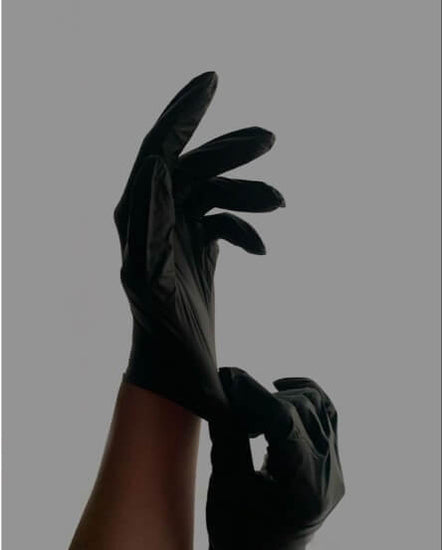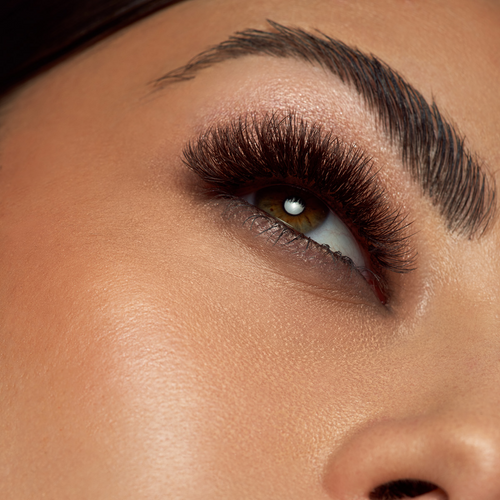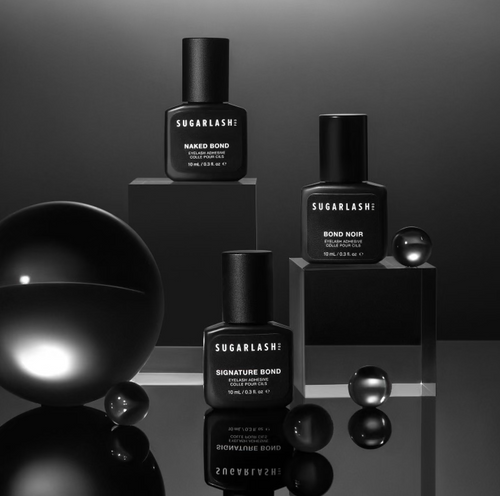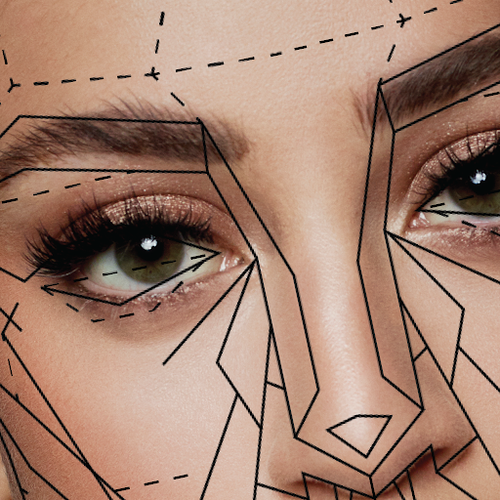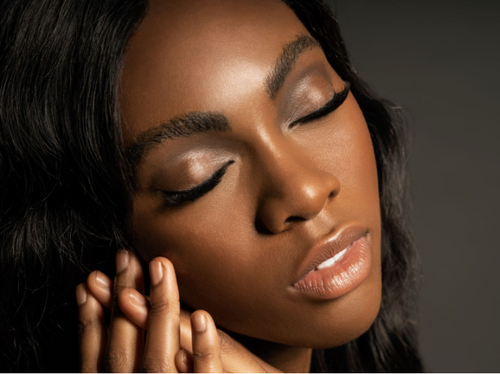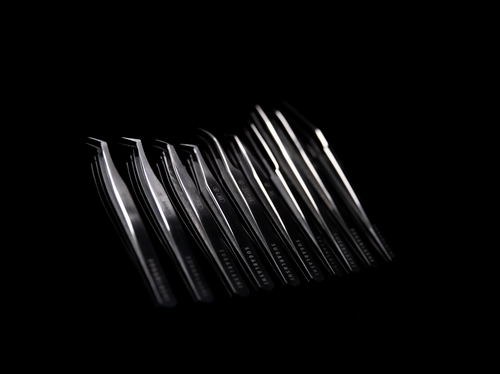The eyelid does more than just blink. It helps spread tears across the eyeball and prevents infection and scarring by covering and protecting the cornea. Some chronic conditions, like blepharitis, compromise the functionality of the eyelid. This can cause discomfort, pain, dry eyes, and swelling.
What is Blepharitis?
Blepharitis is a chronic condition involving the inflammation of the eyelid margins. Although few people know it by name, it affects a large percentage of the population, and is especially common in older people. Blepharitis can be caused by excess bacteria in the folds of skin around the eyes, a hormone imbalance, a blocked gland on the eyelid, or allergies.
Proper and consistent lid hygiene is critical for those suffering from this condition, so here are a few care tips to help you prevent and treat blepharitis.
Avoid too much eye makeup.
Mascara, eyeliner, and eye shadow can all contribute to the buildup of bacteria in and around the eyes. Makeup also has a tendency of drying out the eyes and eyelids, creating the perfect environment for blepharitis. If you just can’t quite part with your liner, ensure you thoroughly wash your face and eyes before sleeping.
Keep your eyelids clean.
Regularly cleaning your eyes and eyelids with lash cleanser will prevent blepharitis from recurring and help reduce inflammation. Apply lash pure cleanser to the top and bottom eyelids and scrub for 30-60 seconds twice daily. Lash pure cleanser contains tea tree oil—an essential oil with powerful antiseptic properties—which can aid in the treatment and prevention of blepharitis. Ask your lash provider about purchasing a bottle.
Reconsider lash extensions.
Although lash extensions can be worn by those with very mild cases of blepharitis, people with moderate to severe blepharitis should refrain from getting eyelash extensions until the issue clears up. If you have eyelash extensions and mild blepharitis, make sure you cleanse the lashes and eye area regularly, and consult a physician if your symptoms persist.
Soothe with a warm washcloth.
To ease irritation and inflammation and soften the skin around the eyes, place a warm, wet washcloth over your face. Once the washcloth has cooled, repeat the process with a new one. Do this for several minutes or until the discomfort is sufficiently reduced.
Throw out contaminated products.
If getting rid of your makeup was part of your initial treatment plan for your blepharitis, ensure that, once the condition has subsided, you purchase new products. Contaminated items like mascara wands, sponges, and eyeliner should be thrown out.
Pull out the glasses.
You should never wear contact lenses during a blepharitis flare-up. Contacts can further irritate the eye, cause painful itching and swelling, and slow the healing process. Instead, switch to glasses so your eyes can properly heal.
If you suffer from blepharitis, you know how debilitating dry, itchy, and swollen eyes can be. With these helpful tips, you can help keep blepharitis away, and get back to a happy lash line. To learn more, get in touch with us today!

